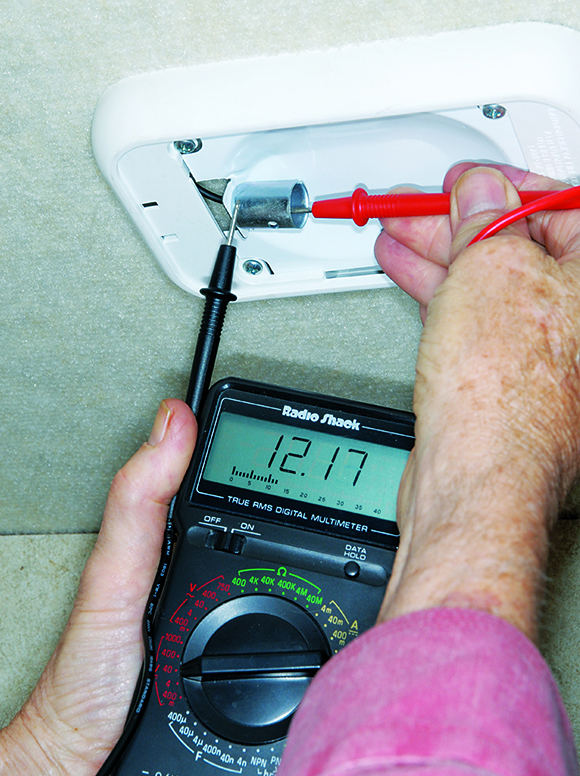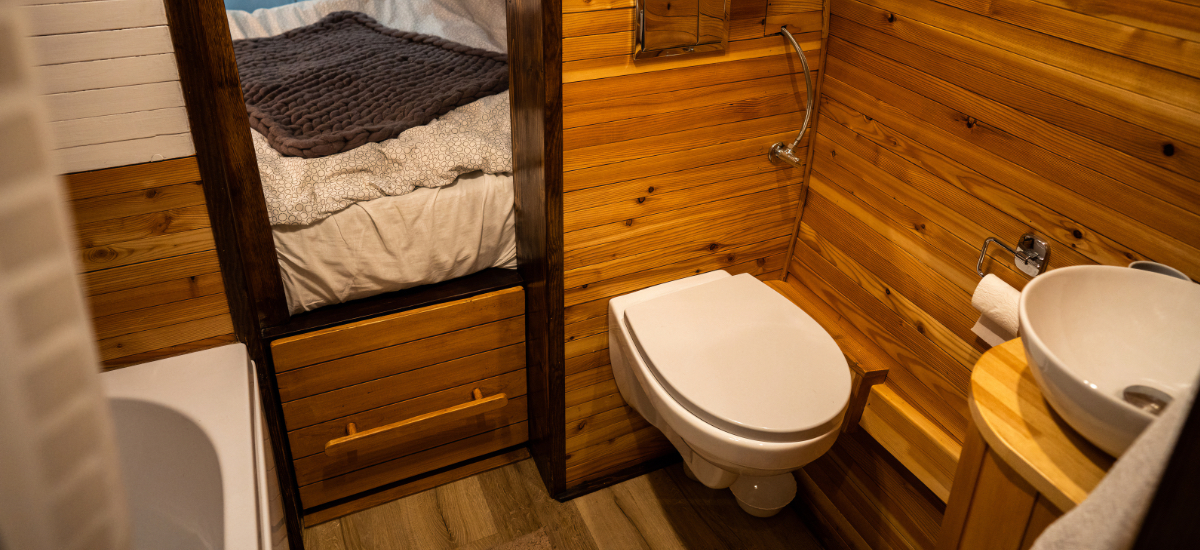How to Use a Multimeter
A tool for freqent boondockers
Image Caption:
A multimeter, also known as a multi-tester, can be one of the most useful tools to carry in your motorhome. It allows you to measure a variety of electrical functions including DC and AC voltage, circuit continuity and resistance. If you don’t have one, check hardware stores for a variety of these meters that have a digital readout.
Why use a multimeter
A primary role for a multi-tester may be considered a “gas gauge” for battery state of charge, and to measure the viability of your charging sources – very important if you frequently dry camp. To assure consistent results while using the meter for charge status of the house batteries, readings should be always be taken the same way – with no load (except refrigerator) or charging input.
How to use a multimeter
To test charging via the engine alternator, start the engine and use the meter’s 20-volt or 40-volt DC scale (depending on brand and model) to check voltage at the starting as well as house batteries. The reading should be 13.5 to 14.2 volts, varying with battery state of charge and with ambient temperature. A voltage reading as low as 13.5 is not ideal, but is normal for some engine alternators in warm weather.
Next, test performance of the motorhome’s converter/battery charger, which will tell you how well the system will fare while relying on it and the AC generator – unless you rely mainly on solar panels for battery recharging.
With the generator running or the coach connected to a land line, voltage at the house batteries should be about 13.8 after an hour or so of running, if the converter is single-stage. With a multi-stage “smart” converter/charger, voltage will vary between 13.5 (battery float following full charge) and 14.2 to 14.5 at full charge.
Checking circuits is another valuable use of the multimeter. Example: a 12-volt-DC light bulb fails to function. The bulb filament appears to be good, and the fuse is OK.

- Set the meter on the appropriate DC scale and touch the red probe to the contact inside the socket (+) and the black probe to the rim of the socket (-). If you get a reading, the power source is good; if you get no reading, check for a loose connection behind the light, and proceed to b) if necessary.
- To check the hot (+) circuit, touch a meter probe to the bulb socket contact and the other probe to the rim (-) of a nearby light that works, using alligator-clip extension wires if necessary. If there is no reading, the hot circuit (+) is dead, usually caused by a loose connection.
A fuse can be checked by setting the meter on “continuity.” Touch a probe on each end of the fuse; the meter reading should drop to near zero. Light bulbs also can be tested for continuity. Never test continuity in a “hot” circuit.
Before connecting the coach to an outside 120-volt-AC electrical source, it should be checked for correct polarity (wires properly connected) and/or a faulty ground connection – problems that can cause damage to appliances.
Set the meter on the 200-volt AC voltage scale, and use the probes carefully to avoid a nasty jolt if a finger inadvertently makes contact with the metal tip.
Checking 30-amp outlets

With the circuit breaker in the “on” position, insert the black probe into the half-round slot (ground). Insert the red probe into the left rectangular slot (hot). The reading should be 115 to 120 volts, which indicates that the ground connection is good and that the polarity is correct.
Keep the black probe in the ground slot and move the red probe to the right slot (common); this should produce no reading – no voltage between common and ground. If either of the tests fails to produce the desired reading, don’t connect; inform park management.
The instructions packaged with multimeters cover many additional diagnostic functions, which can be very useful.
| Voltage 12.6 or higher 12.4 12.1 11.8 11.5 |
State of Charge 100% 70% 50% 30% 10% |





